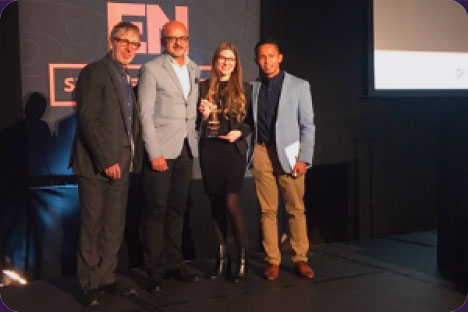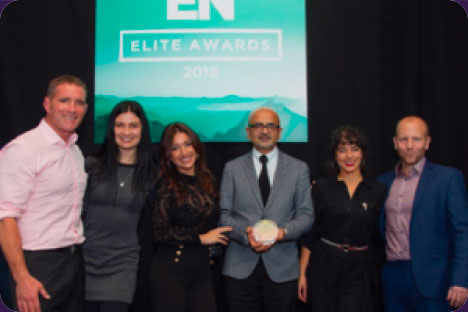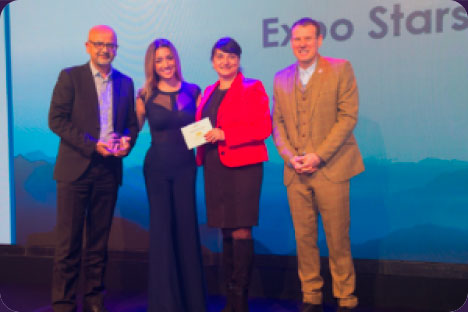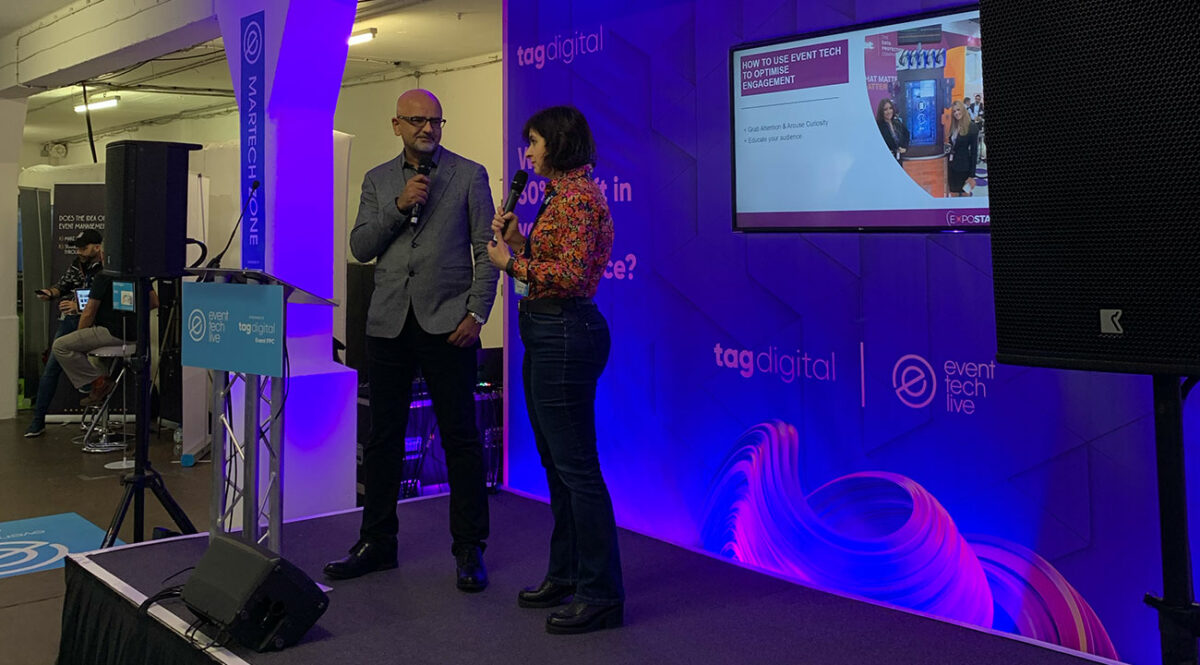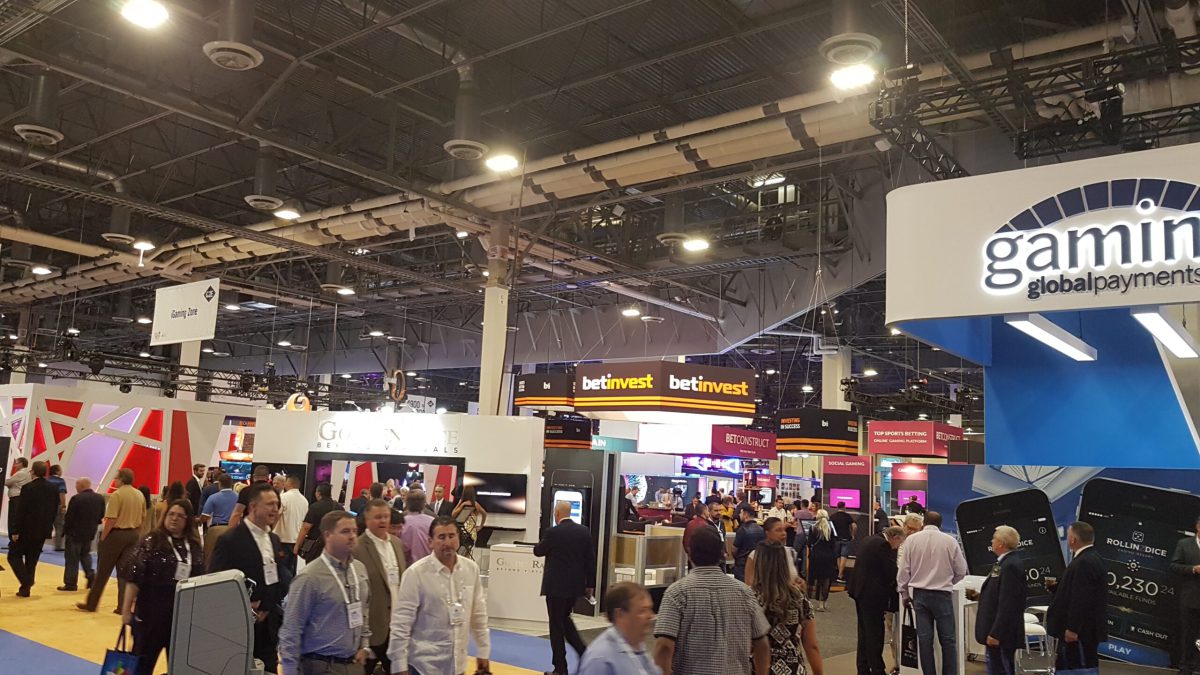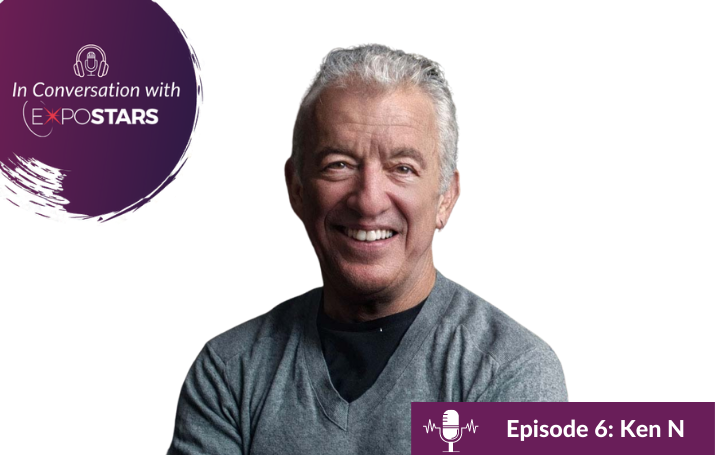SERVICES
Booth Staffing
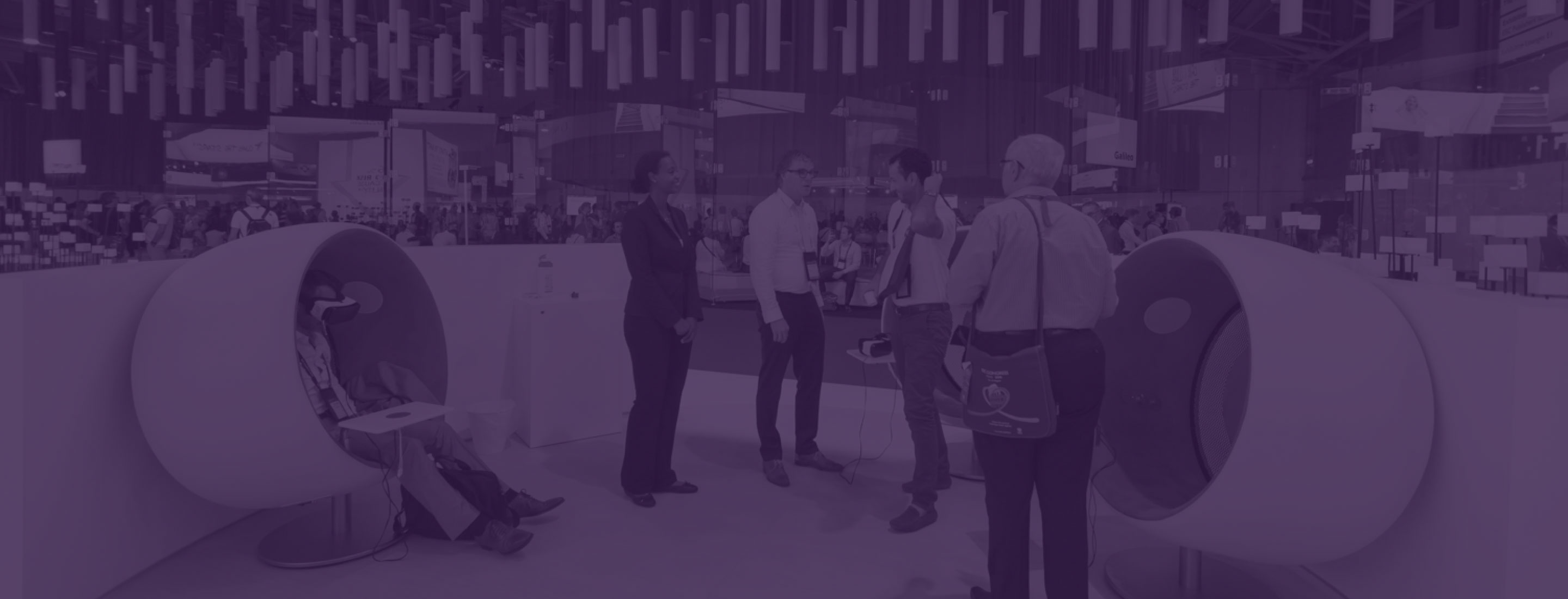
We’ve secured the best global exhibition talent – multilingual, multi-skilled specialists who are masters of face-to-face engagement. From booth hosts to emcees, product demonstrators to lead generators and every skill in between.
Your team will consist of specialist local talent, fluent in both English and their native language, selected from our expansive 2,500-member global team across 50+ countries and over 100 major exhibition cities.
Thoroughly briefed on their roles, objectives and trained in your company’s products, they’ll ensure your event stand surpasses expectations.
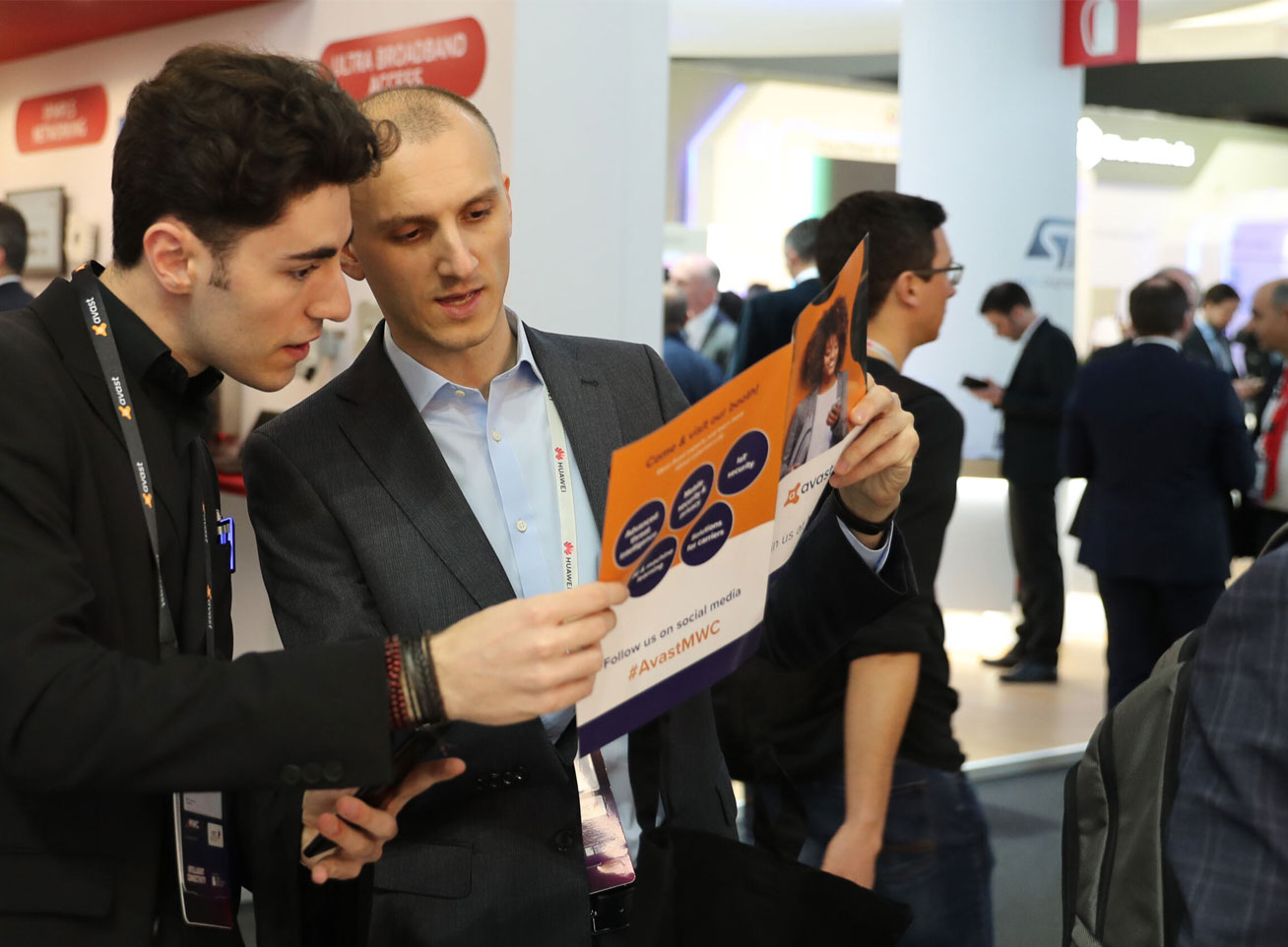
Unrivalled exhibition support
-
We provide seasoned exhibition staff with expert communication skills, enthusiasm, self-confidence and professionalism.
-
We have exhibition professionals worldwide who specialise in conversion techniques.
-
Maximise your budget and ROI using staff who are trained to attract, engage, convince and convert your ideal target audience.
-
All our live marketing specialists are briefed on your KPIs to engage attendees and generate qualified leads.
-
Use your exhibiting time conversing with the right people and avoid wasting time on the wrong conversations.
-
Wherever your exhibition takes place, you’ll have a dedicated account management team available 24/7 throughout your event to ensure it runs smoothly. Your account manager will think ahead about possible problems and set up ways to prevent them.
How it works
Listen
We learn about your requirements and goals, after which we’ll send you a proposal.
Team Search
If the proposal meets your approval, and you wish to proceed, we start checking availability of our team based on your requirements and exhibition objectives.
Profile Review
We send you the available talent profiles to review and select from. You can request a video interview to help you decide the best fit profile(s) for your brand.
Decision Time
Our talent will hold the dates for 48 hours, so the sooner you decide, the better.
Briefing
Once your chosen booth staff are contracted, we create a briefing document so the talent can prepare themselves. We aim to send this no later than 7 days before the event.
Show Time
After your team briefing onsite, our talent will work with your team to help you smash your goals. In case of emergency, we are on call 24/7 so you’ll always be able to reach us.
Feedback
We’ll ask for feedback from both you and our talent and share any insights gained to help you for future events.
Our Awards
